2025.10.26
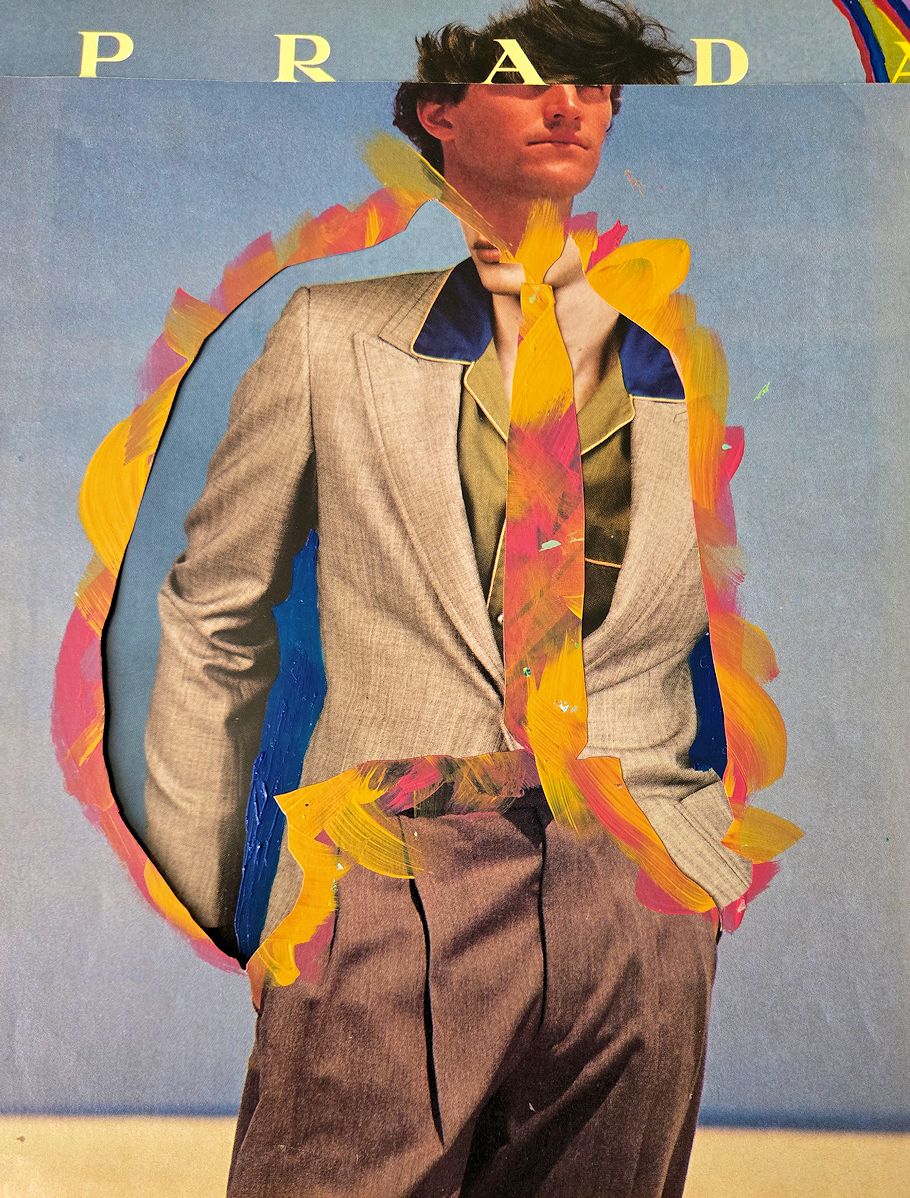
22:04:25
2024.10.26
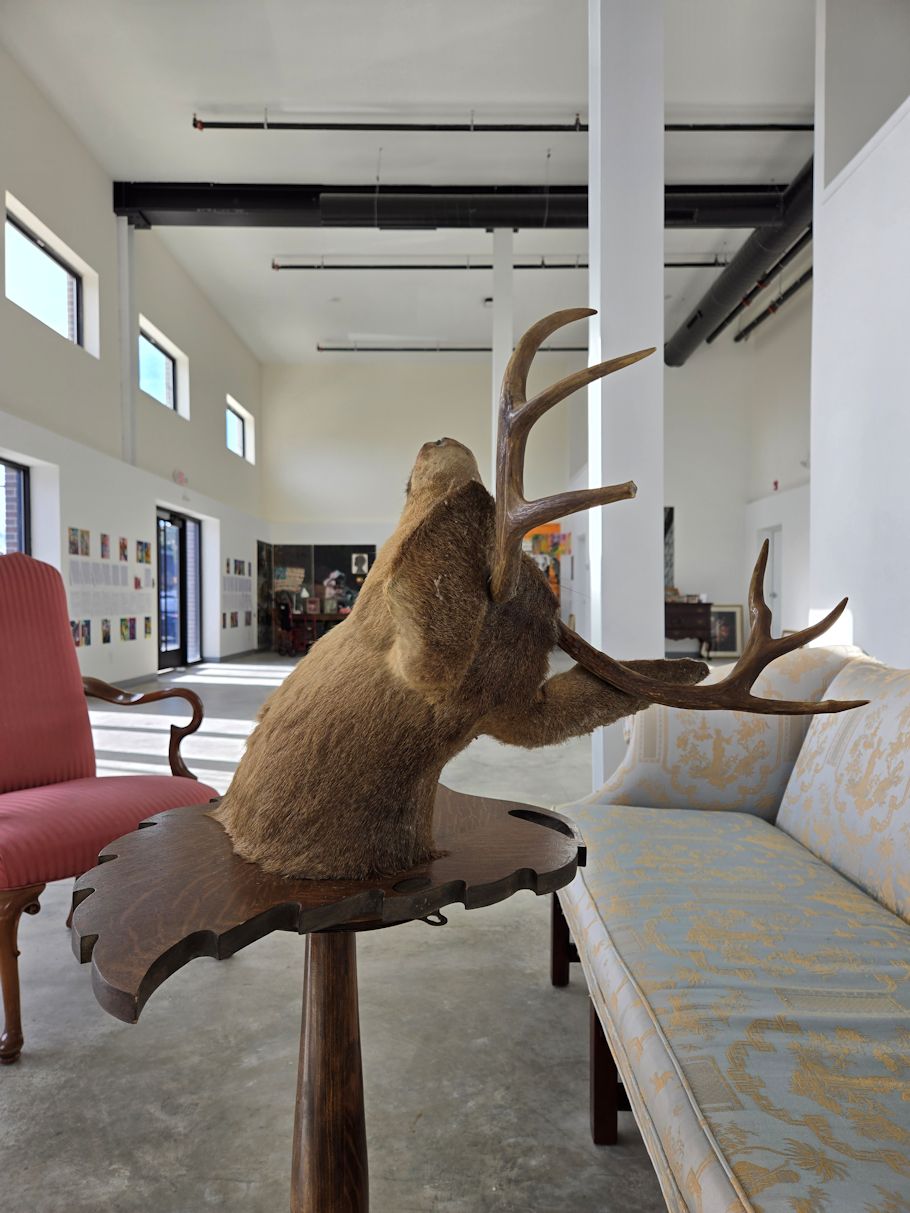
@451.rhawn.gallery . . . Unexpectedly started dabbling with sculpting again today.
2015.10.26
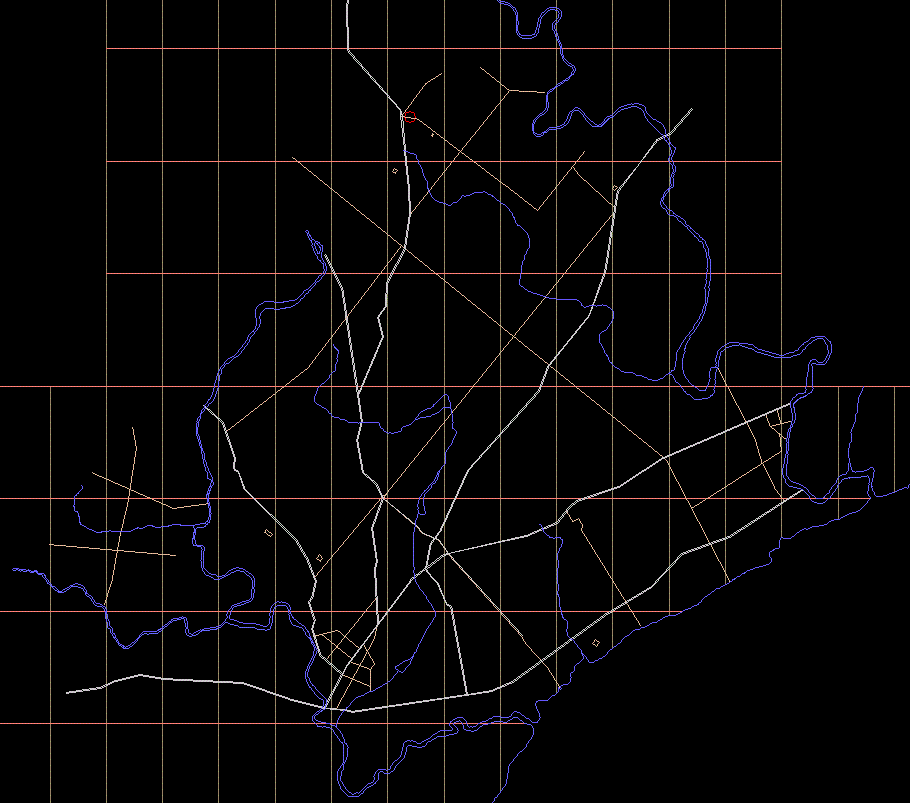
15102602.db IQ grid 2200 wide bands Northeast Philadelphia 1848 [the red circle in the center top marks the original location of 451 Rhawn Gallery]
2009.10.26
Really, what boundaries have you pushed?
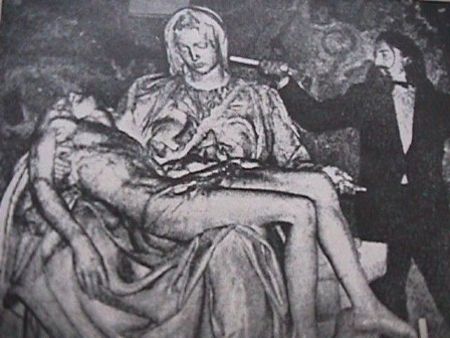
Vatican Psycho (1972)
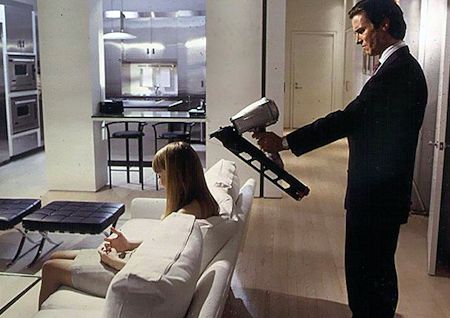
American Psycho (1991/2000)
Now imagine it's 1963 and you're seven years old and this is one of your favorite television shows.
See, there's an answer for everything.
2006.10.26
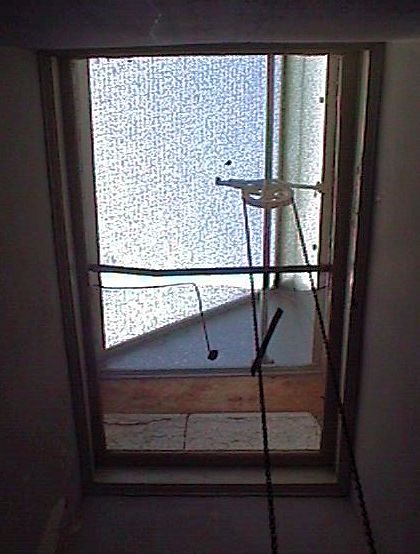
5233 skylight even
2004.10.26
Mercer House auction catalogue
...taken apart one of the Mercer House auction catalogues, and there are seven full page views of the house interior. These pages will be apposed with laser prints of the single page jail letters. If the letters, albeit reduced in size, come out legible, then the resultant work will indeed be copyright infringement, thus not really for sale. . . . At least they will be Artifacts of Ottopia.
...have the portraits cut out and new collage art "inserted", plus new text could be laser printed and the title of the pieces are lines from the jail letters.
...text about the letters could be printed on a number of the pages to comprise a small book.
2004.10.26
auction catalogue pages
Like the idea for the Mercer House portrait pages, the paintings represented on catalogue pages could be manipulated into new works of art...
2002.10.26
Re: Monkeys and designers
You raise an interesting point. I've never heard of the 100th monkey notion, but I have from time to time wondered about the fact "that designers, that have never seen the work of another, and living across geographic bounds, can create similar art." In the mid-1980s I thought (to myself) that wavelengths, somehow literally and/or figuratively, had to do with an otherwise serendipitous creative/cognitive commonality. The wavelengths (if I try to expand this 'theory') emanate from individuals and these same wavelengths are picked up by other individuals, and in either case heightened sensitivity is involved. Like the 100th monkey notion, as more individuals incorporate a wavelength that is out there, the stronger the wavelength 'signal' becomes. Admittedly, this idea is easily flawed, and I only mention it now as something I used to think (about).
While your question (rightly) centers on creative similarities between disparate artists/designers, a related phenomenon in our time is the effective role of the hired publicist. Recently, I mentioned that Frank Gehry's cardboard furniture was featured in a 1972 issue of Life magazine. I have my own collection of 1972 Life magazines that I received by subscription back then and which I've been taking apart over the years, but I also recently purchased a lot of them via eBay, thus my renewed knowledge of what is in these magazines. I wanted to show the Gehry feature but I didn't bookmark it. So, instead of looking through all the magazines again, I looked up the article in a Gehry bibliography, and I was surprised to find that there were over a dozen 1972 publications that featured an article on
Gehry's cardboard furniture. In this case, the 100th monkey is more specifically the 100th magazine editor contacted by a publicist.
2001.10.26
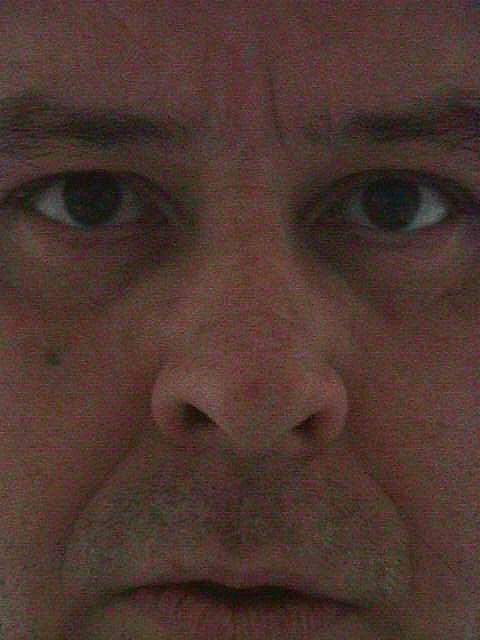
self
2000.10.26
Baroque beginnings?
A. asks:
To repeat a previous question: who designed the Baroque? OR How did the Baroque arise (emerge)? Any takers?
S. offers:
I think Michelangelo's architecture (which was more or less a product of his late life) manifested tremendous 'new' inspiration for 16th -17th century architecture. The details of the Porta Pia and the wholly integrated articulation of the Sforza Chapel offer architectures completely unprecedented until that time, which in turn inspired new architectures. Likewise, the 'undulating' wall of St. Peter's no doubt became the new paradigm, especially considering that St. Peter's then (as now?) represented the ultimate place of worship. In simple terms, it is best to learn from the best.
To this day, I am intrigued by Michelangelo's fortification designs for Florence (some executed and otherwise recorded as plan drawings). They exhibit many proto-Baroque flourishes, and it is interesting to note the military connection.
"This places Michelangelo's fortification projects among the incunabula of modern military architecture, just at the most fluid and inventive moment in its history, at a time when experience had established no proven formula of design. Unlike the situation in other arts, the lessons of antiquity and of preceding generations were of little account; this is one of those rare events in the history of architecture when technological advances altered the basic precepts of design."
James Ackerman, The Architecture of Michelangelo (Penguin, 1970), p. 127.
ps
I see architecture as the product of human imagination(s), and that is why I spend my time trying to figure out where human imagination comes from.
1992.10.26
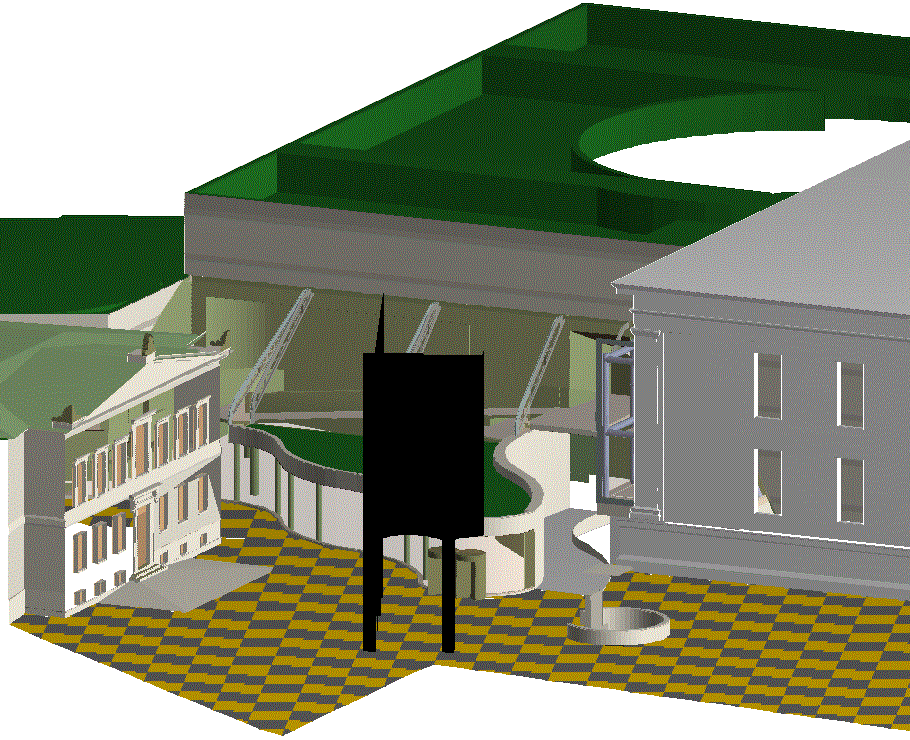
921026n1.db taken literally model
|